Winter BotanyFrom the archives! Originally posted March 2015. The weather was glorious last weekend. Above freezing and sunny for the first time in I don't know how long. I put on my outdoorsy gear and spent both Saturday and Sunday afternoon at two of my favorite Ann Arbor area parks. There was still plenty of snow on the ground - it is March in Michigan, after all. It's not uncommon for us to have large snowfalls as late as April 12, so I don't really consider winter to be over until at least mid-April. This past weekend was a preview of spring, and it was lovely to get outside. I picked up a new book in the fall, called Winter Weed Finder: A Guide to Dry Plants In Winter, by Dorcas S. Miller. It is a tiny book, small enough to fit in a pocket...and easily lost on a bookshelf! For whatever reason, it had not previously occurred to me that you could locate plants in the wintertime by looking at their dry stalks, flowers, leaf remnants etc. Think of how useful it could be to recognize plants in wintertime, against the stark snowy landscape, and mark their locations in your mind or on your map for further investigation during the growing season. Take Yarrow (Achillea millefolium), for example. This plant likes to grow in sunny places - fields, edges of paths, grassy spaces of many kinds. I have my Yarrow harvesting spots, where it grows heartily and enthusiastically. It blends in easily with other plants, and is generally grows about knee-high. I do not typically find stands of Yarrow, but rather many individual plants scattered among the St. John's Wort, Goldenrod, Teasel, Black Raspberry, Buckthorn, and various grasses. In other words, it can be difficult to know how much Yarrow is in an area, because there are so many other plants growing there too. In the winter though...wow! The herby, grassy greenness dies away, leaving dry stalks and canes. I thought it was super interesting to see the plants' winter selves. It is like discovering your friend has a cool and interesting hobby that you never knew about. Knowing the different stages and appearances of a plant can deepen your relationship with it. It's a fun way to amaze your friends, too! Here are a few Summer vs. Winter plants:I Yarrow (Achillea millefolium) Purple Loosestrife (Lythrum salicaria): Self Heal (Prunella vulgaris): Chicory (Cichorium intybus): As you can see, the more woodsy plants retain some characteristics throughout the winter; certainly enough to identify them if you know what to look for. I am having so much fun finding the wintertime forms of my favorite plants. I'll probably head out again this weekend, tromping around on and off trail again. It's supposed to be sunny and about 50 degrees. At this rate, everything should be green again in no time!
1 Comment
10/12/2023 07:37:55 am
I wanted to express my gratitude for your insightful and engaging article. Your writing is clear and easy to follow, and I appreciated the way you presented your ideas in a thoughtful and organized manner. Your analysis was both thought-provoking and well-researched, and I enjoyed the real-life examples you used to illustrate your points. Your article has provided me with a fresh perspective on the subject matter and has inspired me to think more deeply about this topic.
Reply
Leave a Reply. |
Author
Herbalist plant ramblings and adventures in green medicine, by Linden Tree Herbals potion-maker Ginny. CategoriesArchives |
| Linden Tree Herbals | . |
Proudly powered by Weebly
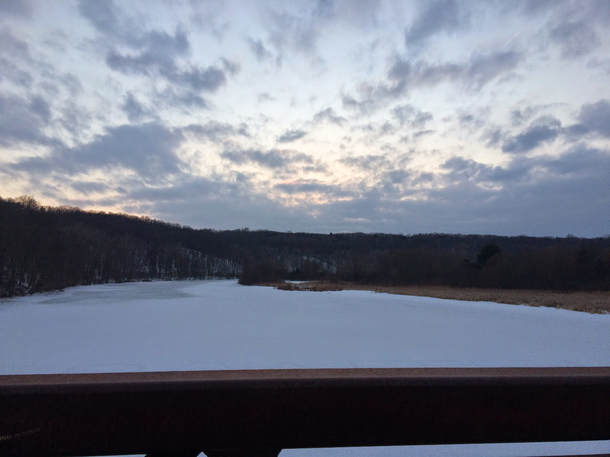
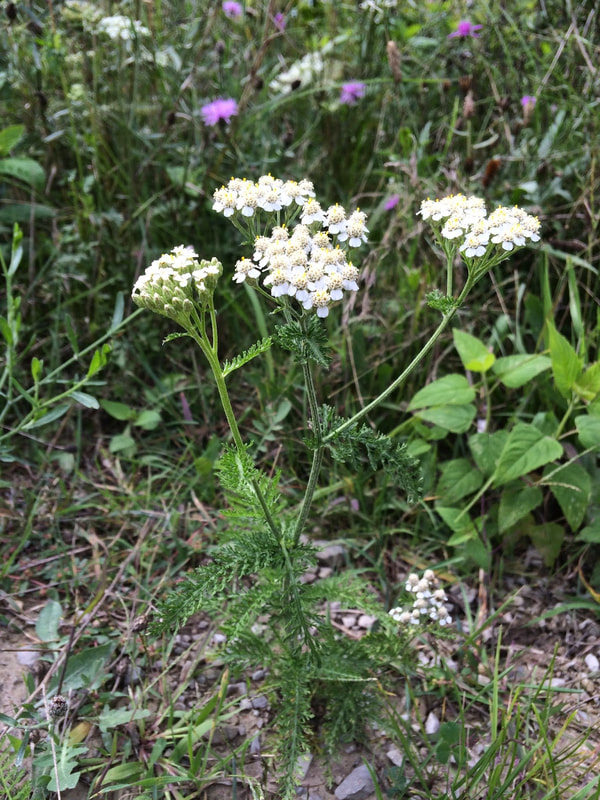
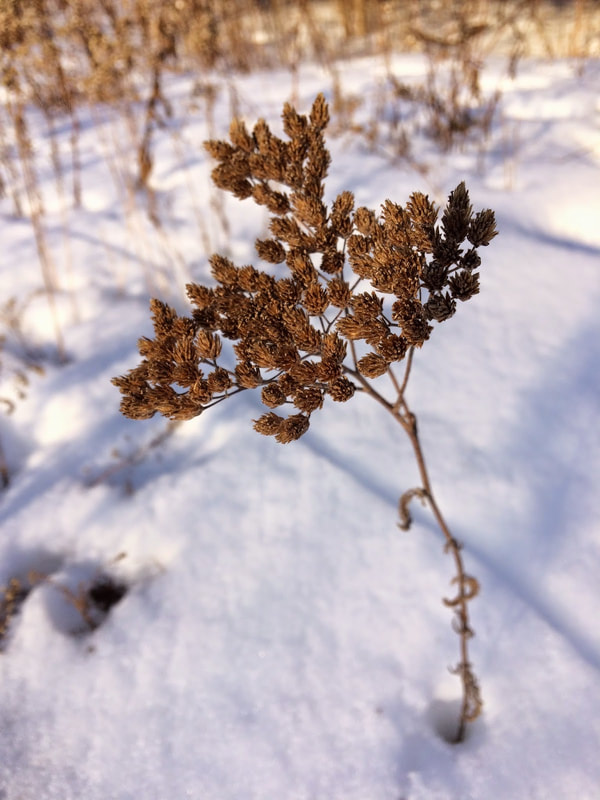
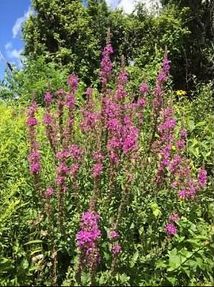
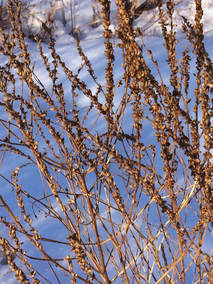
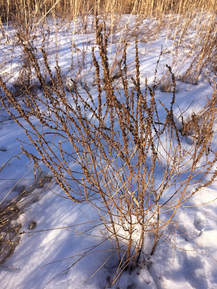
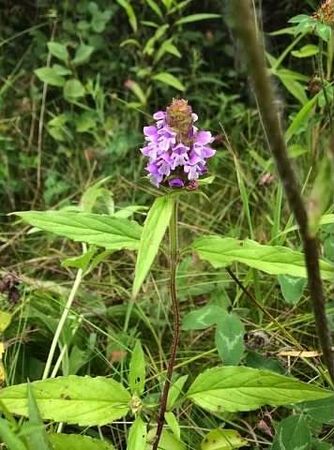
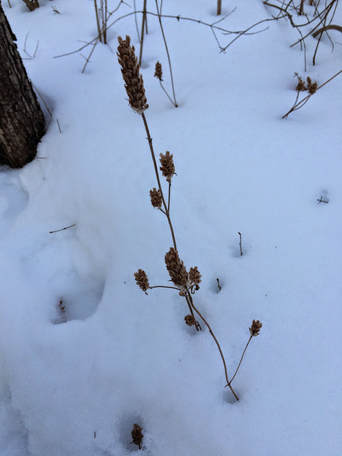
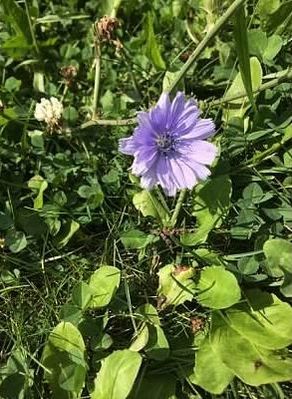
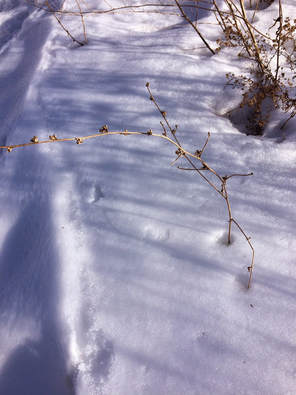
 RSS Feed
RSS Feed